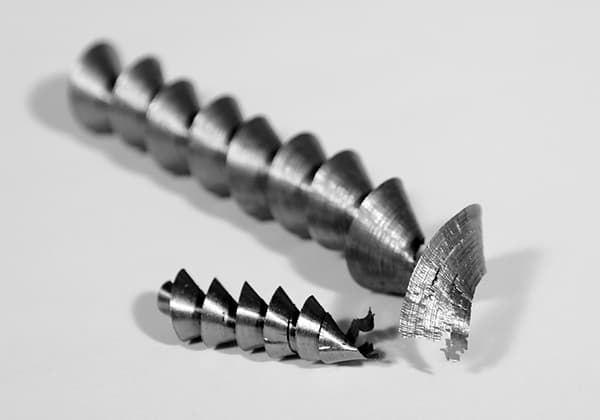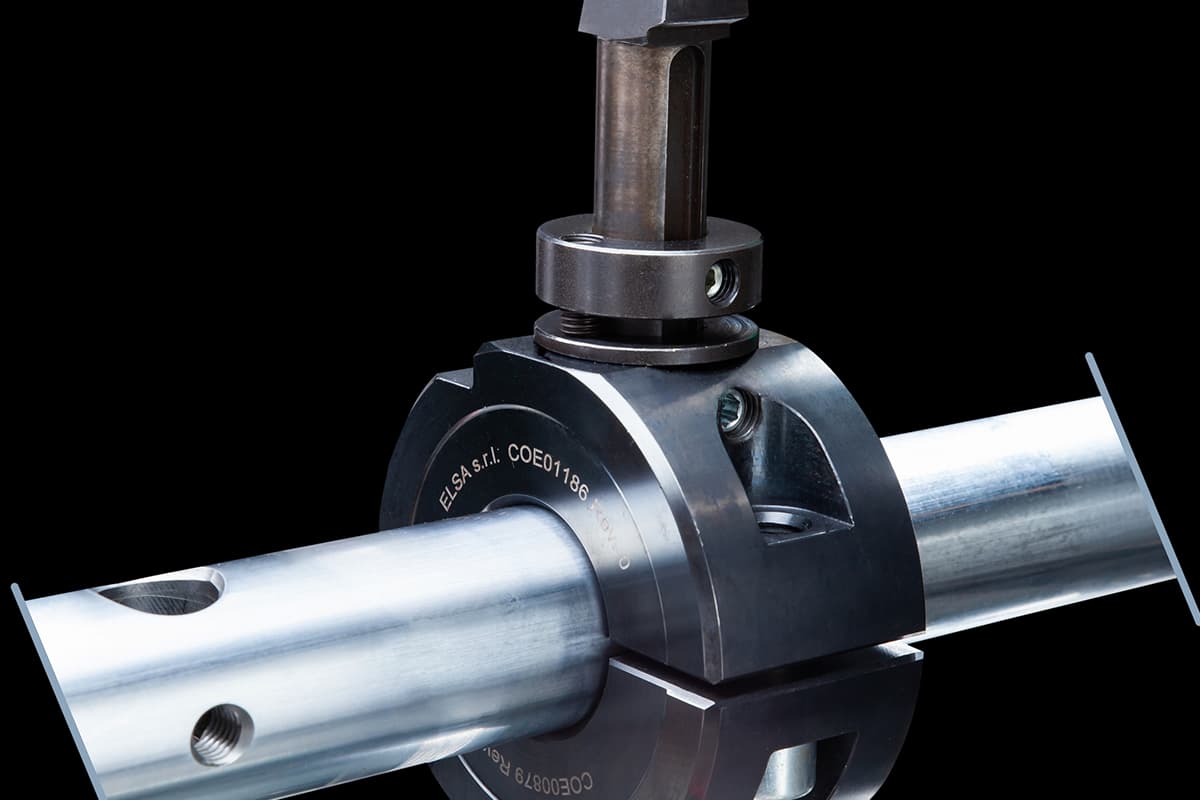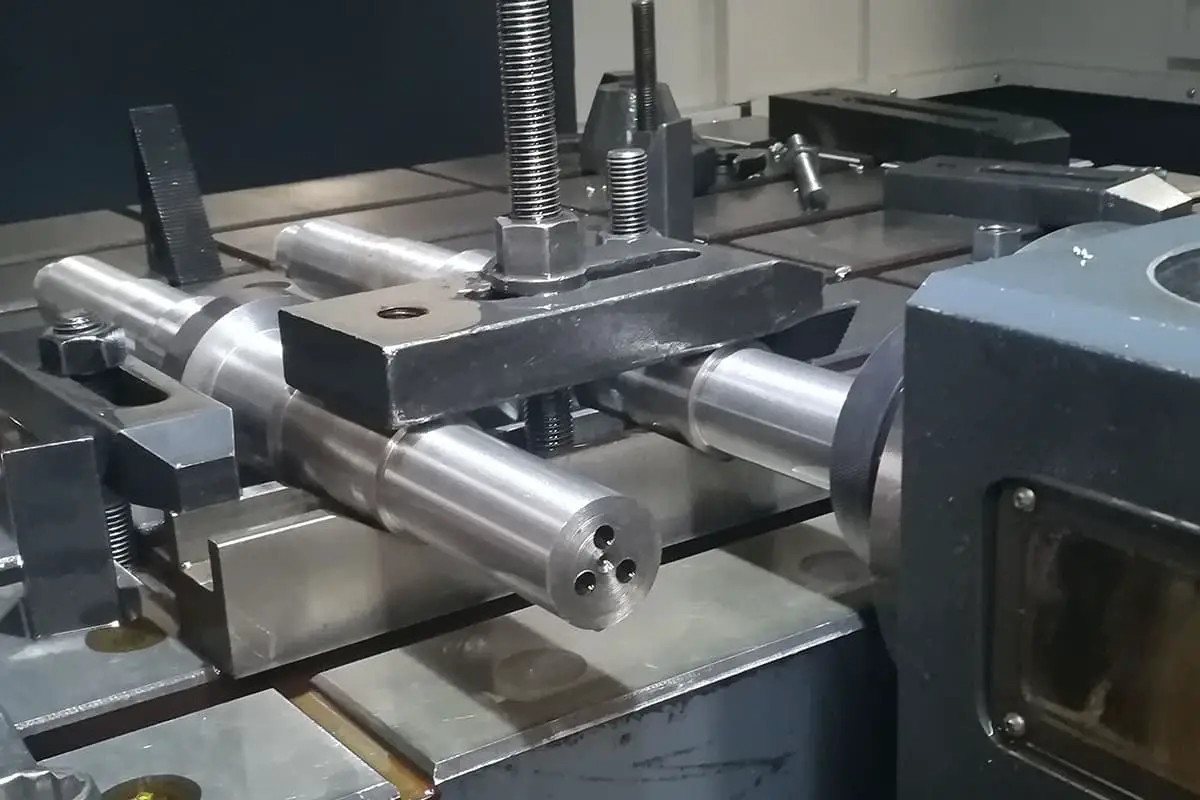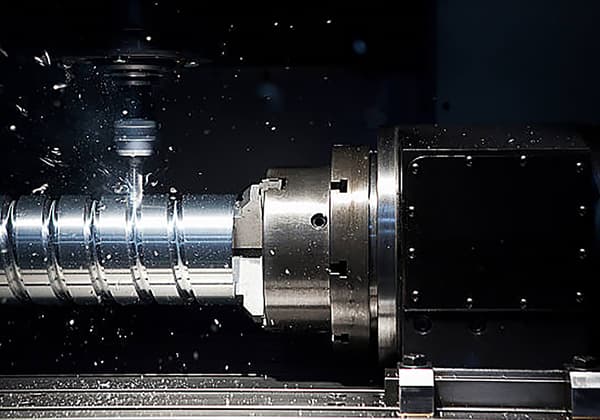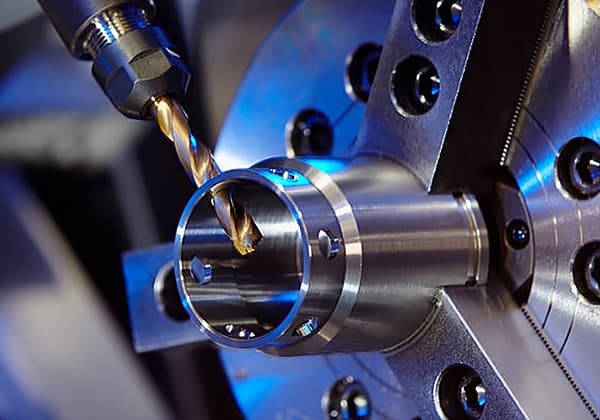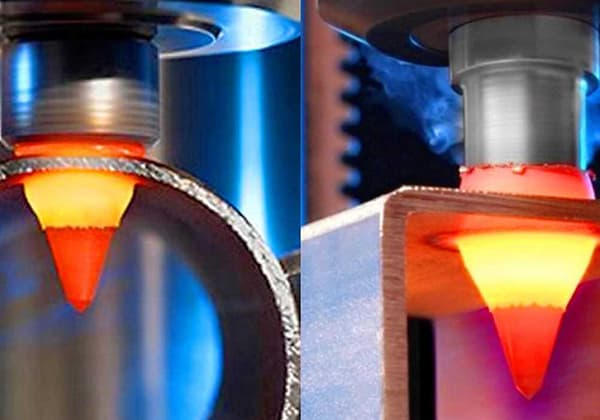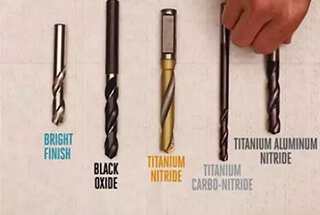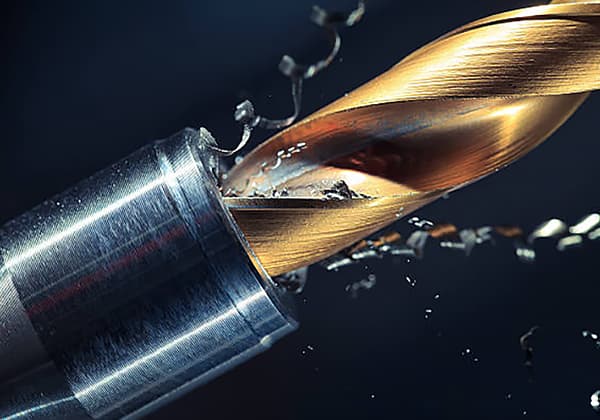
Ever wondered why drill bits come in different colors? This blog unravels the mystery behind those hues, explaining how each color signifies a specific coating and performance trait. Learn how to choose the right drill bit for your project and ensure precision in your drilling tasks.
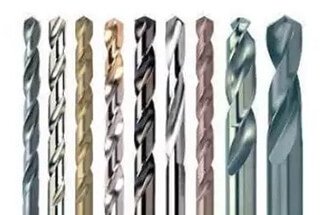
Drill bit colors signify the coating type which directly impacts their performance and durability. Black oxide bits (black) are heat-resistant, good for soft metals. Titanium bits (gold) resist wear and are suitable for various materials, while Cobalt bits (bronze) are ideal for drilling hard, abrasive materials due to high heat resistance.
In mechanical processing, hole processing accounts for about one-fifth of its total processing, of which drilling accounts for about 30% of the entire hole processing. Those of you working on the front line of drilling are likely familiar with drill bits. When purchasing a drill bit, you may encounter bits of different colors and materials.
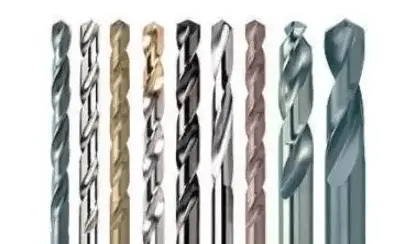
So, what is the difference between drill bits of different colors? Does the color have anything to do with the quality of the bit, and which one is better?
First of all, it is not possible to determine the quality of a drill simply by its color; the color is not directly related to the quality. Different colored bits are mainly the result of different processing methods.
Of course, you can make a general judgement based on the color, but even poor-quality drills can have their own color treatment to achieve the appearance of a quality drill.
High-quality, fully ground HSS bits often appear in white. Rolled bits can also be made white by finishing the outer round. The reason for the high quality is that, in addition to the material itself, the quality control of the grinding process is also very strict, so that the surface of the tool will not be burned.
Black is a nitrided drill bit. It is a chemical method to improve the durability of the tool by placing the finished tool in a mixture of ammonia and water vapor, after 540-560°C insulation treatment. Most of the black drills currently on the market are only black in color (to cover up burns or black skin on the surface of the tool), but the actual use has not been effectively improved.
There are three processes for producing drill bits, and black is rolled and the worst. White is clear-edged and milled. Unlike rolling, there is no high-temperature oxidation, so the grain structure of the steel is not damaged, and it is used to drill slightly harder workpieces.
The yellowish-brown drill, known in the industry as the cobalt-containing drill, is a kind of subterfuge in this drill industry. The cobalt-containing drill was originally white and produced by grinding. Later, when it was atomized, it became yellowish-brown (generally called amber), which is the best in circulation at present.
Another type of drill is M35 (Co 5%), which is gold. This kind of drill is called a titanium-plated drill and is divided into decorative and industrial plating. Decorative plating does nothing; it’s just nice and golden. Industrial plating is excellent, with a hardness of HRC78, which is higher than the hardness of cobalt-containing drills (HRC54).
Since color is not a criterion to judge the quality of a drill, how does one choose a drill?
From experience, white is generally a fully ground HSS drill and should be of the best quality. Gold drills are titanium nitride plated and can be either of good or poor quality. The quality of black drills also varies; some are made of poor carbon tool steel that is easy to anneal and rust, which is why blackening treatment is needed.
When buying a drill, look for the logo on the drill shank and the marking of the diameter tolerance. The marking should be clear, and the quality of laser or electric corrosion should not be poor. If the word is molded and the edge of the word is bulging, the drill is of poor quality because the bulging outline of the word causes the bit to be held with less accuracy than required. The word is of good quality if the edge is clear and intersects well with the cylindrical side of the bit’s stem.
Another thing to look at is the cutting edge of the drill tip. The fully ground drill has a good open edge, and the spiral face meets the requirements, while the poor quality drill is not very good at the back corner face.
With the drill selected, let’s examine drilling accuracy.
Drilling accuracy is influenced by factors such as hole size, positional accuracy, coaxiality, roundness, surface roughness, and orifice burrs.
Factors affecting hole accuracy during drilling include:
① The accuracy and cutting conditions of the drill bit, such as tool holder, cutting speed, feeding rate, cutting fluid, etc.
② Drill bit size and shape, including length, edge shape, core shape, etc.
③ Workpiece shape, such as hole side shape, hole shape, thickness, mounting status, etc.
1. Reaming
Reaming is caused by the oscillation of the drill bit during the process.
The oscillation of the clamps has a significant impact on both the bore diameter and the positioning accuracy. If the clamps are worn, it is important to replace them in a timely manner.
Drilling small holes can be challenging in terms of measuring and adjusting oscillation. To overcome this issue, it is recommended to use a coarse shank small-edge drill bit that has good coaxiality between the shank and the edge.
In the case of machining with a regrind bit, a decrease in hole accuracy is typically due to the asymmetrical shape at the back.
Controlling the height difference of the blade can effectively reduce the amount of hole expansion.
2. The roundness of the hole
Vibrations of the drill bit can cause holes to have a polygonal shape, with walls appearing to be ridged.
Triangular or pentagonal shapes are common among polygonal holes.
The triangular shape is a result of two centers of rotation in the drill that vibrate at frequencies that alternate every 600 intervals.
The main cause of vibration is an imbalance in cutting forces. During the first turn, the processing of the hole roundness is not good, leading to an imbalance in cutting forces during the second turn, and the vibration repeats.
However, the phase of vibration is slightly shifted, resulting in a ridged pattern on the hole wall.
When drilling reaches a certain depth, the friction between the ribbed edge of the drill and the hole wall increases, causing the vibration to decrease, the ridged lines to disappear, and the roundness to improve.
The orifice appears funnel-shaped in a longitudinal section.
For the same reason, pentagonal, heptagonal holes, and others may also appear in the cut.
To prevent this phenomenon, measures should be taken to improve the rigidity of the drill bit, increase the amount of feed per revolution, reduce the back angle, repair the cross edge, and control the vibration of the chuck and the height difference of the cutting edge, as well as the asymmetry of the back and flaps.
3. Drilling holes on inclined and curved surfaces
Poor positioning accuracy occurs when the drill bit has a beveled, curved, or stepped surface because the drill bit is only supported on one side radially, leading to reduced tool life.
To enhance positioning accuracy, the following measures can be implemented:
(1) Start by drilling the central hole.
(2) Mill the hole seat using an end mill.
(3) Use a drill bit that has good penetration and rigidity.
(4) Decrease the feeding rate.
4. Treatment of burrs
During drilling, burrs can form at the entrance and exit of the hole, particularly when working with tough materials and thin plates.
This is because the material being drilled undergoes plastic deformation as the drill bit is about to break through.
At this point, the triangular portion that should be cut by the drill bit near the outer edge of the bit is deformed and bent outward due to the axial cutting force, and further curled under the influence of the chamfered outer edge of the bit and the ribbed cutting edge, resulting in a curled edge or burr.

